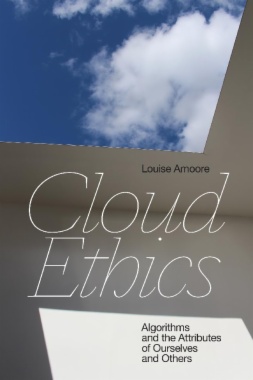Formed on the South Side of Chicago in 1968 at the height of the civil rights, Black power, and Black arts movements, the AFRICOBRA collective created a new artistic visual language rooted in the culture of Chicago's Black neighborhoods. The collective's aesthetics, especially the use of vibrant color, capture the rhythmic dynamism of Black culture and social life. In AFRICOBRA, painter, photographer, and collective cofounder Wadsworth A. Jarrell tells the definitive story of the group's creation, history, and artistic and political principles. From accounts of the painting of the groundbreaking Wall of Respect mural and conversations among group members to documentation of AFRICOBRA's exhibits in Chicago, New York, and Boston, Jarrell outlines how the collective challenged white conceptions of art by developing an artistic philosophy and approach wholly divested of Western practices. Featuring nearly one hundred color images of artworks, exhibition ephemera, and photographs, this book is at once a sourcebook history of AFRICOBRA and the story of visionary artists who rejected the white art establishment in order to create uplifting art for all Black people.
- Cover
- Contents
- Illustrations
- Black Art and the Black Aesthetic
- Africobra Principles and Philosophy
- Foreword by Richard Allen May III
- Acknowledgments
- Introduction
- 1. Black in Chicago
- 2. Genesis
- 3. The Wall of Respect
- 4. The Inception
- 5. A Visual art Proposal
- 6. First Cobra Exhibition
- 7. Recruitment
- 8. Africobra I
- 9. Africobra II
- 10. Africobra III
- Postscript, by Edmund Barry Gaither
- Exhibitions
- Reviews and Media Interviews
- Africobra Art in Collections
- Africobra in Books
- Notes
- Artist Biographies
- Index

